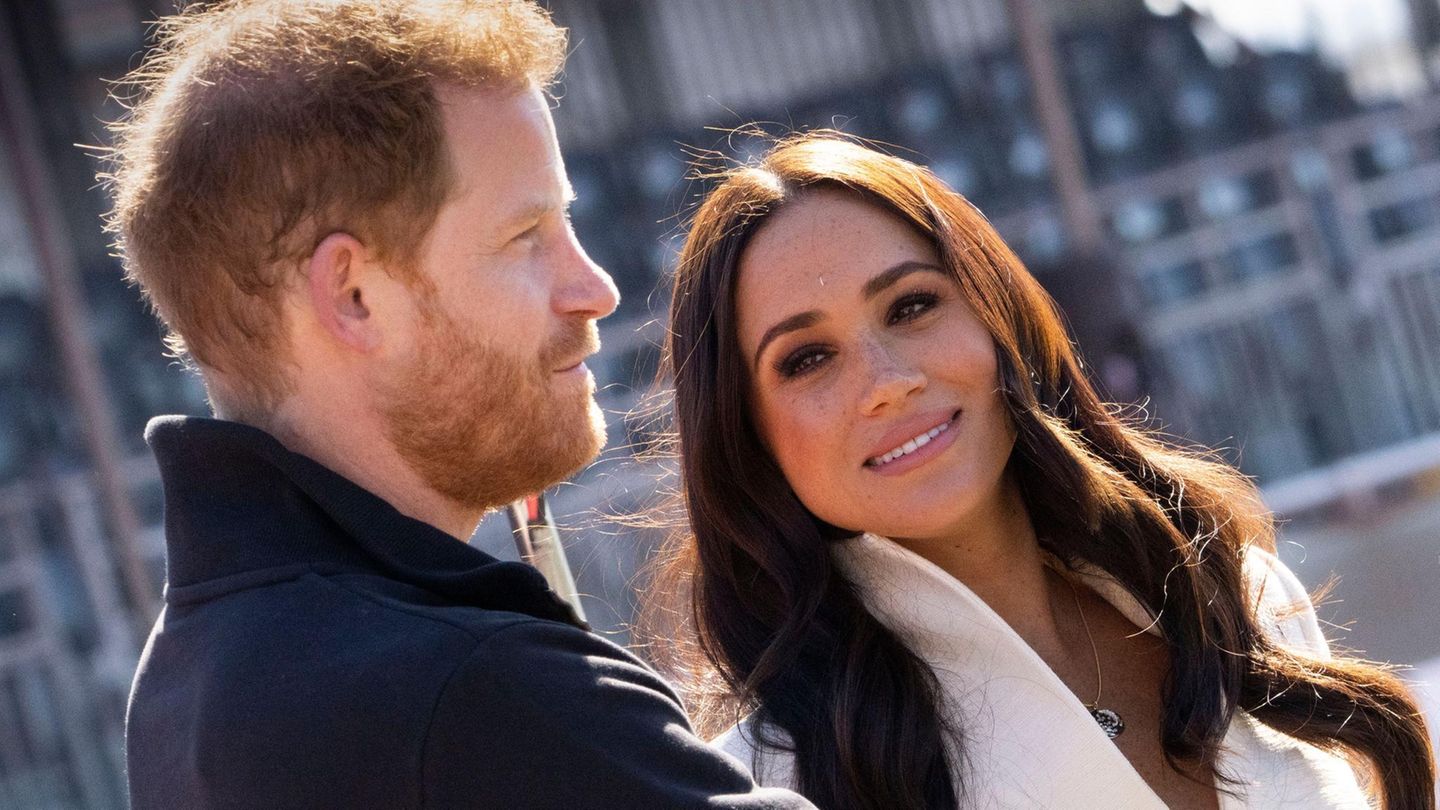The American app Robinhood has succeeded in the West with its mission to open markets to “normal people,” but teenagers and twentysomethings, from Nigeria to India, are hooked on equivalent programs in their respective countries.
“I don’t really worry about my studies, to be honest. It’s all market, market and market,” Ishan Srivastava, a student from New Delhi who started investing in the stock market in December, told AFP.
This 20 year old uses various Indian apps like Zerodha and Upstox and often gets financial advice from YouTube. His ambition is to compose a varied investment portfolio and retire at 45.
In India, this investment revolution has been facilitated by the rise of so-called “demat” accounts, easy-to-open electronic accounts for managing financial securities, stocks and debt.
It is not a singular case. 8,000 kilometers away, a similar furore for these investment apps is spreading across Nigeria.
Its economic capital, Lagos, is known for its lust and reverence for success, but the weakness of its currency, the naira, is adding added pressure on the youth to make money as the price of life has skyrocketed.
In their case, Nigerians turn to local apps like Trove or Risevest that allow them to invest in US markets, considered safe assets while the naira nightmare continues.
“I had the option of putting the money in the bank, but as the months go by, it becomes less and less interesting,” explains Dahunsi Oyedele, 23.
“Sometimes I put my money in Risevest and I get benefits in a week. Imagine getting a 1-2% return on 100,000 naira ($ 240) every week. It’s small, but it means a lot, “he argues.
For several months, after losing his job as a tech journalist due to the pandemic, Oyedele paid his rent by trading cryptocurrencies.
This is a fairly widespread phenomenon during the Covid-19 crisis, when the combination of massive unemployment, lockdowns and, in fortunate cases, some savings, pushed many into the world of finance.
In the United States alone, more than 10 million new investors entered the markets in the first half of 2021, according to JMP Securities.
The new investors are in a great majority young. The average age of the users of Robinhood he is 31 years old. Both india Upstox like the Nigerian Bamboo They claim that more than 80% of their users are under 35.
These apps have blurred the barriers to entry for young people, in part by offering fractional shares. It is what in Argentina is known as CEDEARS.
An Amazon title, for example, is currently worth more than $ 3,000, unattainable for most Gen Z youth or older millennials.
But a fraction of that action can be affordable, especially in a commission-free app.
Although celebrated for democratizing access to markets, these apps can also pose problems for inexperienced young investors, critics warn.
The US Securities and Exchange Commission is investigating whether these programs irresponsibly encourage excessive investment, using email alerts and presenting finance as gambling.
And the British financial authority FCA warned in March that this new cohort of young investors, made up especially of women and minorities in this country, could be especially harmed in this adventure.
Almost two-thirds of the new investors the entity interviewed said that in the event of significant losses there would be “a fundamental impact” on their current and future lifestyles, FCA said.
“This new group of investors rely more on recent networks (such as YouTube or social networks) for advice and news,” said the regulator.
And some young investors have already experienced bad luck firsthand. Mumbai-based product designer Ali Attarwala is taking a break after a bad cryptocurrency experience earlier this year.
“These applications facilitate the purchase of speculative assets such as cryptocurrencies, but there is still a lot of volatility in these assets,” explains this 30-year-old man.
Srivastava has also been through ups and downs, but sees these losses as part of learning.
“When I started, I lost almost 50% of the capital,” he acknowledges.
“I do not treat them as losses, but as the price of learning,” he says.
Source From: Ambito
David William is a talented author who has made a name for himself in the world of writing. He is a professional author who writes on a wide range of topics, from general interest to opinion news. David is currently working as a writer at 24 hours worlds where he brings his unique perspective and in-depth research to his articles, making them both informative and engaging.




